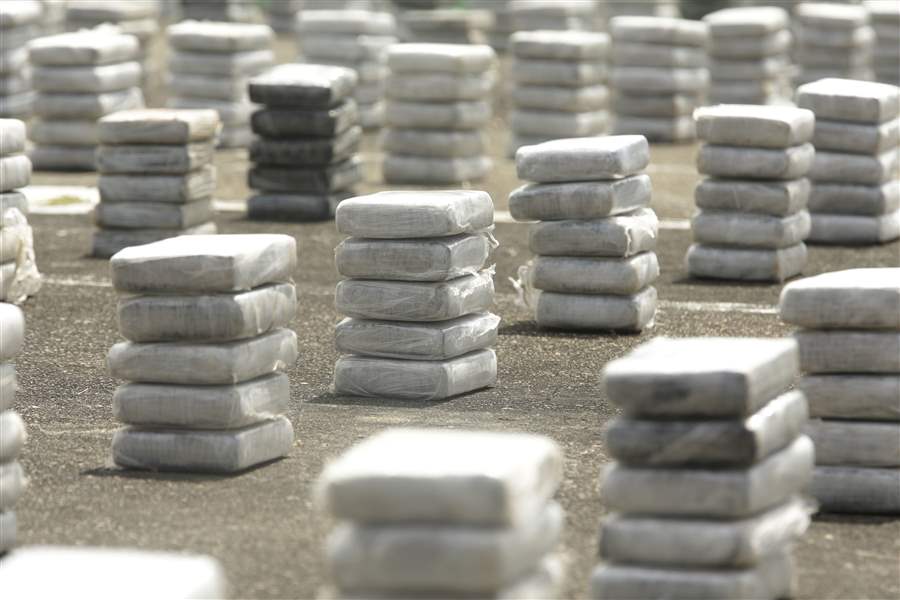
New Ohio law addresses court ruling on weighing cocaine
Fillers such as baking soda not allowed to impose stiffer sentences for possession, trafficking
2/15/2017
Lawmakers wasted little time in moving to reverse an Ohio Supreme Court ruling that determined prosecutors must prove the weight of actual cocaine, and not fillers like baking soda, to impose stiffer sentences for possession and trafficking.
ASSOCIATED PRESS
COLUMBUS — Lawmakers wasted little time in moving to reverse an Ohio Supreme Court ruling that determined prosecutors must prove the weight of actual cocaine, and not fillers like baking soda, to impose stiffer sentences for possession and trafficking.
The Ohio House voted unanimously today to send the Senate a bill to make it clear that, for sentencing purposes, the weight of cocaine includes the entire compound, mixture, preparation, or substance that contains the cocaine.
“Every day that we delay drug dealers pushing large quantities of cocaine are facing only the lowest felony penalty,” said state Rep. Bob Cupp (R., Lima), one of the bill’s sponsors and a former Supreme Court justice.
House Bill 4 now goes to the Senate. The fact that it was the first substantive bill moved by the House in the new session demonstrated the priority lawmakers have placed on it. The bill passed with an emergency clause so that it take effect immediately upon Gov. John Kasich’s signature rather than wait the customary 90 days.
The bill stems from a Wood County case in which Rafael Gonzales, 58, was convicted of first-degree felony cocaine possession and was sentenced to 11 years in prison because the two bricks of cocaine he purchased during a police sting operation weighed more than 100 grams, about 3.6 ounces.
But those bricks also contained common fillers that diluted the drug, and one also contained a tracking device.
In a 4-3 decision in December, the Supreme Court found that state law’s definition of cocaine does not take such fillers into consideration for sentencing purposes. Then Justice Judith Lanzinger, of Toledo, writing for the majority, said the General Assembly would have to fix the law rather than expect a “tortured judicial interpretation of a statute unambiguous on its face.”
The wording problem was created several years ago when the General Assembly acted to equalize the penalties between crack and powder cocaine to address arguments that stiffer penalties for crack disproportionately affected minorities.
“The practical effect of the court’s decision is to make every cocaine violation a fifth-degree felony, the lowest-level felony, unless the cocaine’s purity can be quantified, which we cannot do at the present in any practical sense,” Mr. Cupp said.
Attorney General Mike DeWine’s office had argued before the Supreme Court that no public laboratory in Ohio, including his Bureau of Criminal Investigation, specifically tests for pure cocaine but rather for a detectable amount. Mr. DeWine has estimated it would cost about $750,000 to prepare the labs so that such test results would be admissible in court.
Gonzales remains in the Madison Correctional Institution. The Supreme Court has been asked to reconsider its December decision in his case.
“We think the legislation proves our point, which is that the court was right,” said Andy Mayle, Gonzales’ Fremont attorney. “This legislation was written because of the required result the Supreme Court reached."